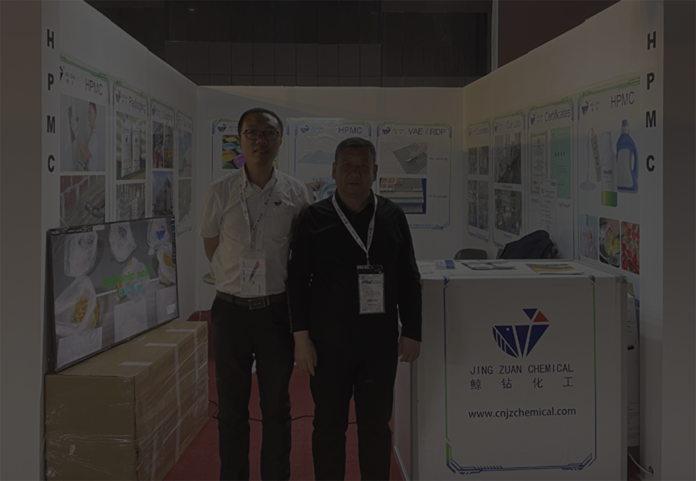
Окт . 13, 2024 22:45 Back to list
Understanding the Properties and Applications of Hydroxypropyl Methylcellulose in Various Industries
Hydroxypropyl Methylcellulose A Multifunctional Polymer in Modern Applications
Hydroxypropyl methylcellulose (HPMC) is a semisynthetic polymer derived from cellulose, widely recognized for its versatile properties and extensive applications across various industries. Its unique functional characteristics, such as water solubility, film-forming ability, and adhesive properties, make HPMC an indispensable ingredient in pharmaceuticals, food products, cosmetics, and construction materials.
Chemical Structure and Properties
HPMC is created through the modification of cellulose, which is a natural polysaccharide found in plant cell walls. By introducing hydroxypropyl and methyl groups to the cellulose backbone, HPMC acquires hydrophilic (water-attracting) and lipophilic (fat-attracting) properties. These modifications enhance its solubility in water and expand its functionality beyond that of unmodified cellulose. HPMC is characterized by its viscosity, which can be tailored based on the degree of substitution of hydroxypropyl and methyl groups, making it suitable for a wide range of applications.
One of the key features of HPMC is its ability to form gel-like structures in water. This property is particularly valuable in the pharmaceutical industry, where it is often used as a thickening agent, binder, and controlled-release agent in drug formulations. Its film-forming properties also allow for the creation of coatings for tablets, enhancing drug stability and absorption.
Applications in Pharmaceuticals
In the realm of pharmaceuticals, HPMC is commonly employed as an excipient—an inactive substance that serves as the vehicle or medium for a drug. It plays a crucial role in the formulation of various dosage forms, including tablets, capsules, and suspensions. HPMC’s ability to modify the release profiles of active ingredients enables the design of controlled-release formulations, which improve therapeutic efficacy and patient compliance.
Moreover, HPMC is used in sterile applications as an ophthalmic agent, providing lubrication and protection for dry eyes. Its bioadhesive properties also allow it to adhere to mucosal surfaces, potentially enhancing the bioavailability of drugs administered through oral or nasal routes.
Food Industry Utilization
hydroxypropyl methylcellulose

HPMC’s versatility extends into the food industry, where it serves as a thickener, emulsifier, and stabilizer. It is often found in gluten-free products, where it helps to improve texture and consistency. As a vegetarian alternative to gelatin, HPMC is increasingly used in food applications, providing similar functionalities without animal-derived ingredients.
Additionally, HPMC contributes to the shelf life of food products by acting as a moisture-retention agent, thereby preventing spoilage and maintaining quality. Its clean label status, as a derived ingredient from natural sources, aligns with current consumer trends toward healthier and more sustainable food choices.
Role in Cosmetics and Personal Care
The cosmetic industry also benefits significantly from HPMC's properties. Its thickening and emulsifying abilities make it an ideal component in lotions, creams, shampoos, and other personal care products. HPMC enhances the viscosity and stability of formulations, providing a pleasant texture and improved performance.
Furthermore, HPMC's ability to form a protective film on the skin makes it a popular choice in sunblocks and moisturizers, where it aids in protecting the skin from environmental factors and retaining moisture. As consumers increasingly demand products with natural ingredients, HPMC serves as a multifunctional solution that meets aesthetic and functional requirements.
Construction Applications
Beyond health and personal care, HPMC finds utility in the construction industry. Its water-retention properties are invaluable in cement, mortar, and plaster formulations. By improving workability and extending the open time of these materials, HPMC ensures better adhesion and minimizes cracking during drying. This leads to enhanced durability and performance of construction materials.
Conclusion
Hydroxypropyl methylcellulose is a remarkable polymer that showcases the intersection of science and application across diverse fields. Its unique properties and functionalities make it a vital ingredient in pharmaceuticals, food, cosmetics, and construction. As research continues to unveil its potential and refine its applications, HPMC stands as a testament to the innovative approaches in using modified natural polymers to enhance everyday products and improve quality of life.
-
The Widespread Application of Redispersible Powder in Construction and Building Materials
NewsMay.16,2025
-
The Widespread Application of Hpmc in the Detergent Industry
NewsMay.16,2025
-
The Main Applications of Hydroxyethyl Cellulose in Paints and Coatings
NewsMay.16,2025
-
Mortar Bonding Agent: the Key to Enhancing the Adhesion Between New and Old Mortar Layers and Between Mortar and Different Substrates
NewsMay.16,2025
-
HPMC: Application as a thickener and excipient
NewsMay.16,2025
-
Hec Cellulose Cellulose: Multi functional dispersants and high-efficiency thickeners
NewsMay.16,2025







